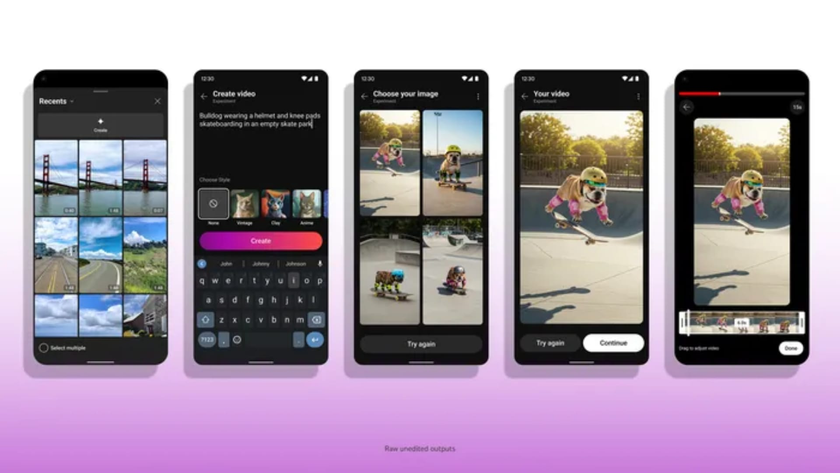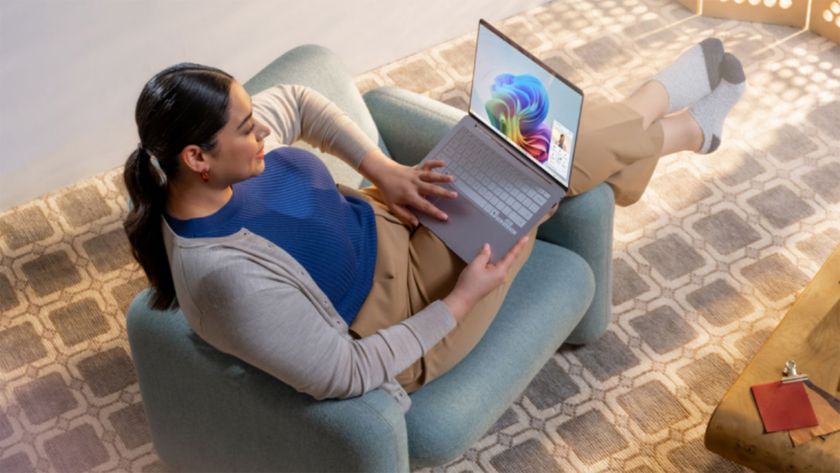iOS 9 features - updated for iOS 9.3
Will there be an iOS 9.4, or is it straight to iOS 10?
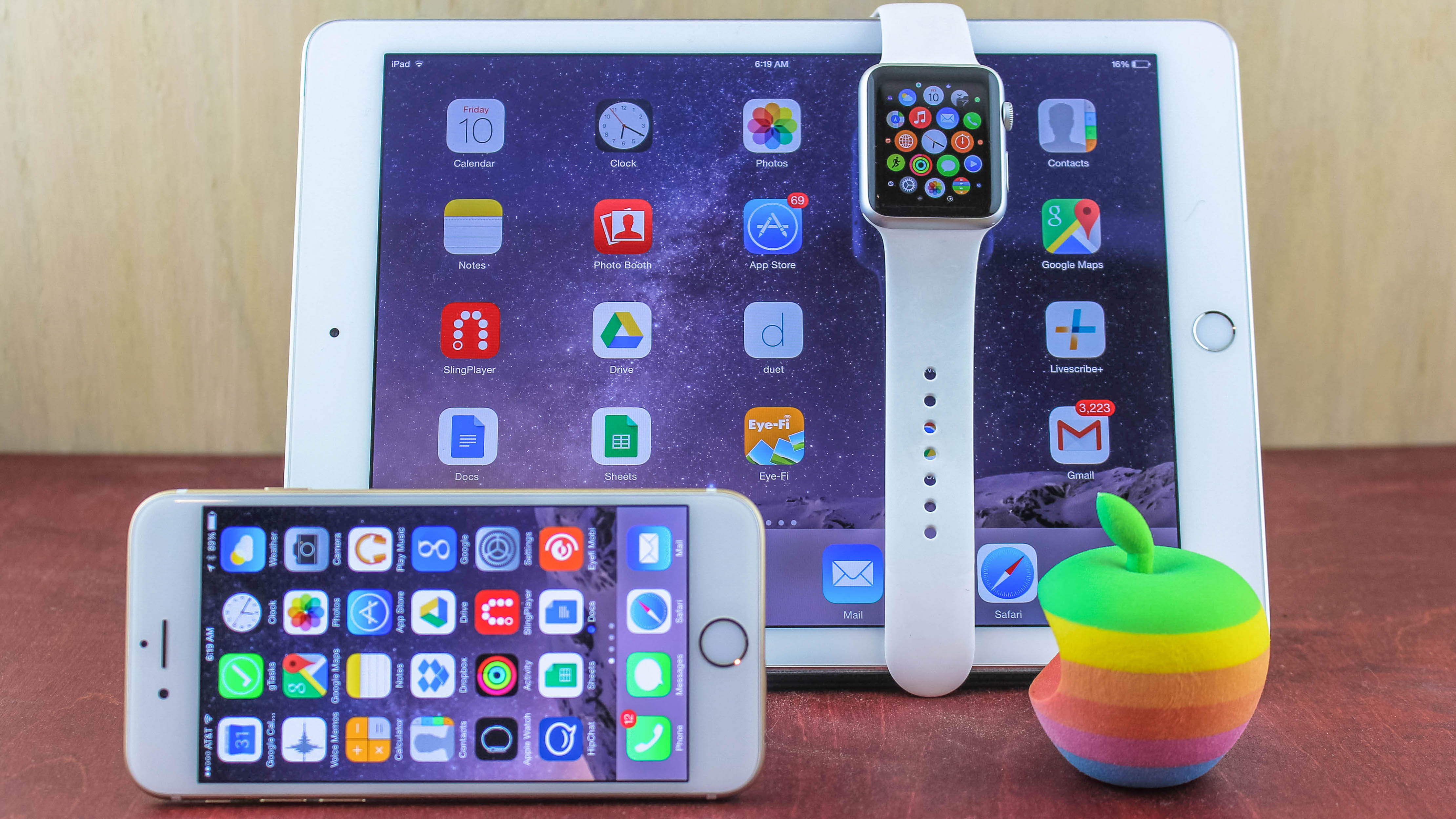
- Update: iOS 9 has updated to iOS 9.3, with the current version, iOS 9.3.2 with the iOS 9.3.3 beta coming any day. It's the last stopgap before iOS 10, which launches in public beta form later this month with even more changes.
iOS 9 released back in September of last year and it was instantly better than iOS 8, thanks to new features that make the iPhone and iPad software easier to use.
Siri is smarter, Apple Maps has transit directions and the notifications drop-down menu is now sorted chronologically (and, thus, logically). Best of all, every device that works with iOS 8 works with iOS 9.
It improved even further in March with the rollout of iOS 9.3. The new software rolled out alongside the smaller iPad Pro 9.7 and even tinier 4-inch iPhone SE. iOS 9.3.3 is the latest version in that release.
iPads benefit the most from this current operating system update. New iPad multitasking functionality, especially for the iPad Air 2 and iPad Pro, finally fulfills the tablet's promise of productivity on the go.
While iOS 9 and even iOS 9.3.3 lack key Android N features, there's a lot to like about it on the iPad and phones like iPhone 6S and iPhone 6S Plus. It's enough to tide us over until iOS 10.
iOS 9.3 update and iOS 9.4 possibilities
iOS 9.3 is Apple's first major mid-cycle update with exciting new features to highlight, so you'll actually really want to upgrade to the newest software version. It's now up to iOS 9.3.2 in final build form and iOS 9.3.3 beta, both with minor tweaks.
The iOS 9.3 update contrasts with what we've seen before: iOS 9.1 added new emojis, iOS 9.2 tweaked Apple Music and Apple News and iOS 9.2.1 just fixed bugs. Nothing exciting. iOS 9.3 is different.
Get daily insight, inspiration and deals in your inbox
Sign up for breaking news, reviews, opinion, top tech deals, and more.
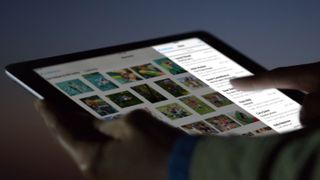
Specifically, the new software debuts Night Shift, which automatically tints your iPhone and iPad with warmer colors. Bright blue light can keep you up at night, studies have shown.
Night Shift uses the time and geolocation to determine the sunset and the display returns to normal in the morning. It's a feature we've seen from third-party apps like f.lux on Mac, but a first directly from Apple.
- Interested? Here's how to download iOS 9.3 right now
Educators wielding iPads can dive into a new classroom app and multi-student login. Passing an iPad around the class can let students save their work to individual profiles and pick up where they left off.
Beyond that, Notes can be locked behind Touch ID for additional security, and the Apple News and Apple Health apps have been tweaked with minor design and content changes.
Specifically for the US, Verizon customers without a strong signal can now switch on Wi-Fi calling, just in case the usually reliable carrier doesn't have a good signal while you're in the range of a router.
iOS 9.3.1, iOS 9.3.2 and iOS 9.3.3 all took care of behind-the-scenes issues with iOS 9.3. One front-facing feature change to the latest software is the ability to run Night Shift and Low-Power mode at the same time.
That said, I don't expect there to be an iOS 9.4, as iOS 10 is already in beta. However, if Apple finds more to change about its iPhone and iPad software between now and September, iOS 9.4 could be a quick fix.
iOS 9.1
The first small update Apple brought to its mobile operating system was iOS 9.1. Its headline feature? 150 new emoji, brought about through its support of Unicode 8, so you can more easily express the fact that you're painting your nails or playing at detective.
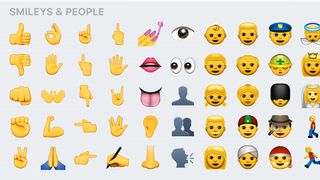
The update also added a trio of new wallpapers, but the most significant additions are the least visible ones, as iOS 9.1 fixes a number of bugs, improves general stability and boosts the performance of multitasking, the Calendar, Game Center and Mail.
iOS 9 1970 glitch
Don't reset your iPhone date back to January 1, 1970. Doing so can brick your iPhone upon resetting it, requiring a visit to the Apple Store for some major surgery.

It's an iOS glitch affects all newer iPhones running iOS 9, and it's thought to happen because the phone recognizes this date as a negative time value. Plus, Apple didn't even exist back then, so you've sent it back in time before it even existed.
The ripple in the space-time continuum affects phones and tablets running a 64-bit chip such as the Apple's A7, A8, A8X, A9 and A9X processors.
Everything from the new iPad Pro, iPhone 6S, iPhone 6S Plus to the older iPad Air, iPad mini 2 and iPhone 5S. For once, iPhone 5 users are smiling.
iOS 9 compatibility and download size
iOS 9 isn't about a fresh coat of paint like iOS 7 was, it's about rust-proofing glitchy software that launched alongside iOS 8 in 2014. Everything is designed to run smoother, especially with the update to iOS 9.3.3, and it does.
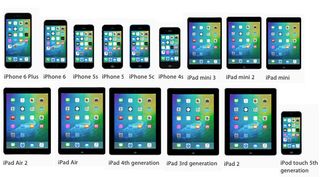
There are fewer app crashes and hard restarts required compared to when iOS 8 first came out. I've experienced no white screen of death problems so far, just occasional design flaws.
Even better, iOS 9 works with devices as old as iPhone 4S and iPad 2. Apple didn't axe any old phones or tablets from its compatibility list in the transition to the new operating system. It is, however, removing them from the compatibility list in the iOS 10 update. So long, 30-pin-dock devices.
It was also a relief to see that this free update is a 1.4GB file and doesn't require the 4.7GB of free space to install on your tiny, 16GB devices.
Siri and search
The most obvious iOS 9 change involves Siri and spotlight search. Sliding to the left-most menu reveals a robust list of "Siri Suggestions," filled with your most recent contacts and apps.
It provides quick access to your four most recent contacts and four most recent apps. There's a "show more" and "show less" toggle to increase that to the eight most recent. Sadly, you can't unpin and disallow certain apps from showing up before your parents see you're on Tinder.
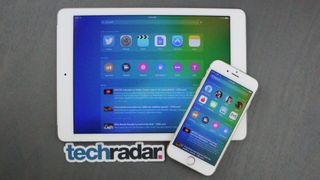
Apple Maps gets some attention here, too. "Nearby" shortcuts are a fast way of finding Parking, Restaurants, Gas Stations and even Desserts, which all link to a Yelp review-filled Maps menu. In true Apple fashion, there's no customization or option to re-sort which shortcuts come first.
iOS 9 concludes this Siri-run search menu with news snippets from sources like the New York Times and CNN. Strangely, there are four headlines, but if you hit the rather stingy "Show More" text, it reveals a total of five. A glitch to be solved in the future, perhaps?
The news presentation here isn't as flashy as Samsung's Flipboard-based menu, which is also the leftmost Android menu on the Samsung Galaxy S7 and Galaxy S7 Edge. Apple saves the magazine-style stories for its new iOS 9 News app.
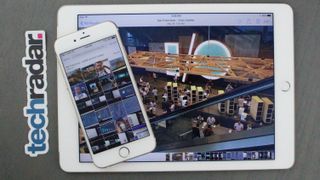
Holding down the iPhone or iPad home button to issue normal Siri commands leads to smarter answers. I randomly asked "Bring up photos from May 28, 2015" and Siri immediately opened the pictures I took at Google IO on that date.
I still find Google Now to be more advanced overall, but this same phrase on an Android just leads to my Samsung Galaxy S6 Active opening up random web results. That... doesn't really help, Google. Apple is catching up and boasts that Siri is 40% faster and 40% more accurate. It shows.
Notifications, recent and photo scrubbing
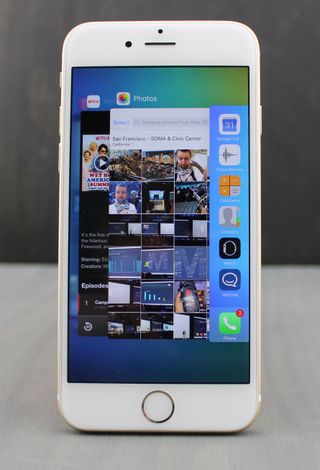
Smaller iOS 9 menu changes (which are also present in iOS 9.3) have solved big pet peeves I've had with iOS 8, one of which I felt Apple should just steal from Android.
Notifications are now sorted chronologically instead of illogically grouped by app. This was always a problem when I accidentally put my finger on the Touch ID home button, forever sending all time-sorted lockscreen notifications into the app-sorted notifications menu. Now they all reside in the swipe-down-from-the-top menu once the phone is open.
Apple re-stylized its Recent menu, which is the one you see when double pressing in the Home button. It now sports a larger Cover Flow format, rather than its former zoomed out look.
The more important change to the Recent menu is that there's a shortcut icon tucked away at the bottom for Continuity (an app open your nearby Mac, iPad, etc) and location-based apps (if you're at a store like Starbucks and have the app installed).
Previously, these icons were stuck on bottom left corner of the lockscreen, which meant locking your phone just to press the wake button again to access the lock screen shortcut. Now it's available in two spots, whether or not your phone is in a locked state.
Finally, flipping through the default Photos app is less of a hazard, because there's a mini slideshow at the the bottom of the app. It's the fastest way to scrub through photos and reduces the chance you'll bring up that embarrassing picture while showing someone other photos.
Apple Maps
iOS 9 is the company's big push to improve Apple Maps, and it does just that... to some extent. Namely, this comes through with long-overdue public transit directions.
Routes for buses, trains, subways and even ferries are here, and I put it to the test on the New York City subway while navigating Manhattan. I survived this Apple Maps expedition without booting up Google Maps.
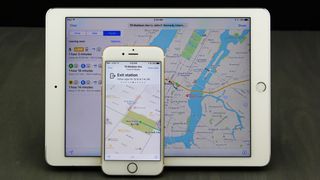
Besides New York City, transit directions are available in Baltimore, Berlin, Chicago, London, Mexico City, Philadelphia, the San Francisco Bay Area, Toronto and Washington D.C. About 300 cities in China, including Beijing, Chengdu and Shanghai, are also getting the transit treatment.
Does it fix everything? No. The problem with Apple Maps wasn't just its lack of transit directions or too-often wrong routes, it was the fact that the app's design just couldn't compete with Google Maps. That's still the case.
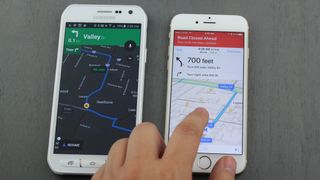
Google is busy adding ridiculously minute details, like chalking out your vacation dates to the map overtop of your hotel. Apple's cumbersome app won't let you finger ahead to see the next directions. It just springs you back into place. I can go from Los Angeles to London on Google Maps while in the middle of turn-by-turn directions if I wanted to. With Apple Maps, I can't look ahead one block.
While I appreciate its new Nearby feature that lets you discover stops along the way, Apple Maps' foundation is a little too flawed for me to give up on Google Maps just yet. It doesn't matter if Siri insists on opening up Maps whenever I ask for direction by voice.
Current page: iOS 9: iOS 9.3, Siri, design and Apple Maps
Next Page iOS 9: Multitasking, keyboard and NotesMost Popular







